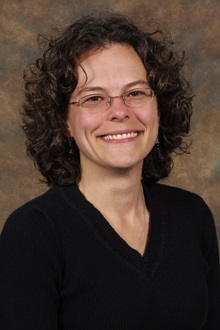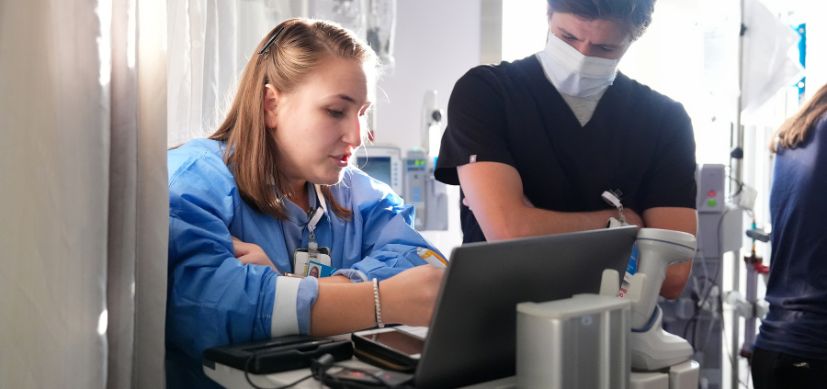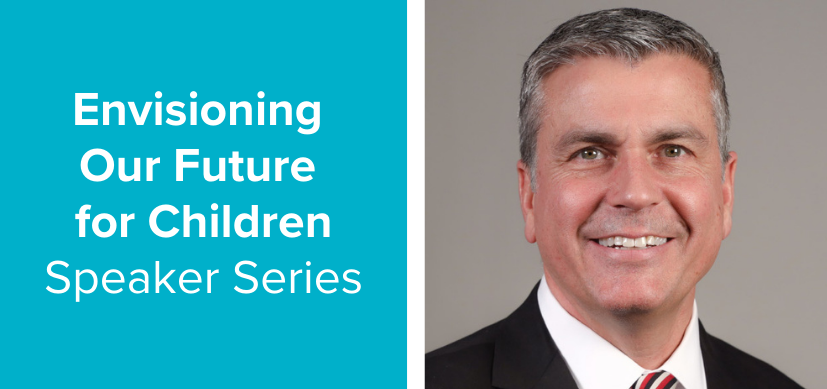$3M Grant Expands Study Using Technology to Help Deaf and Hard-of-Hearing Children Learn Language
Research By: Jareen Meinzen-Derr, PhD, MPH
Post Date: June 12, 2020 | Publish Date:
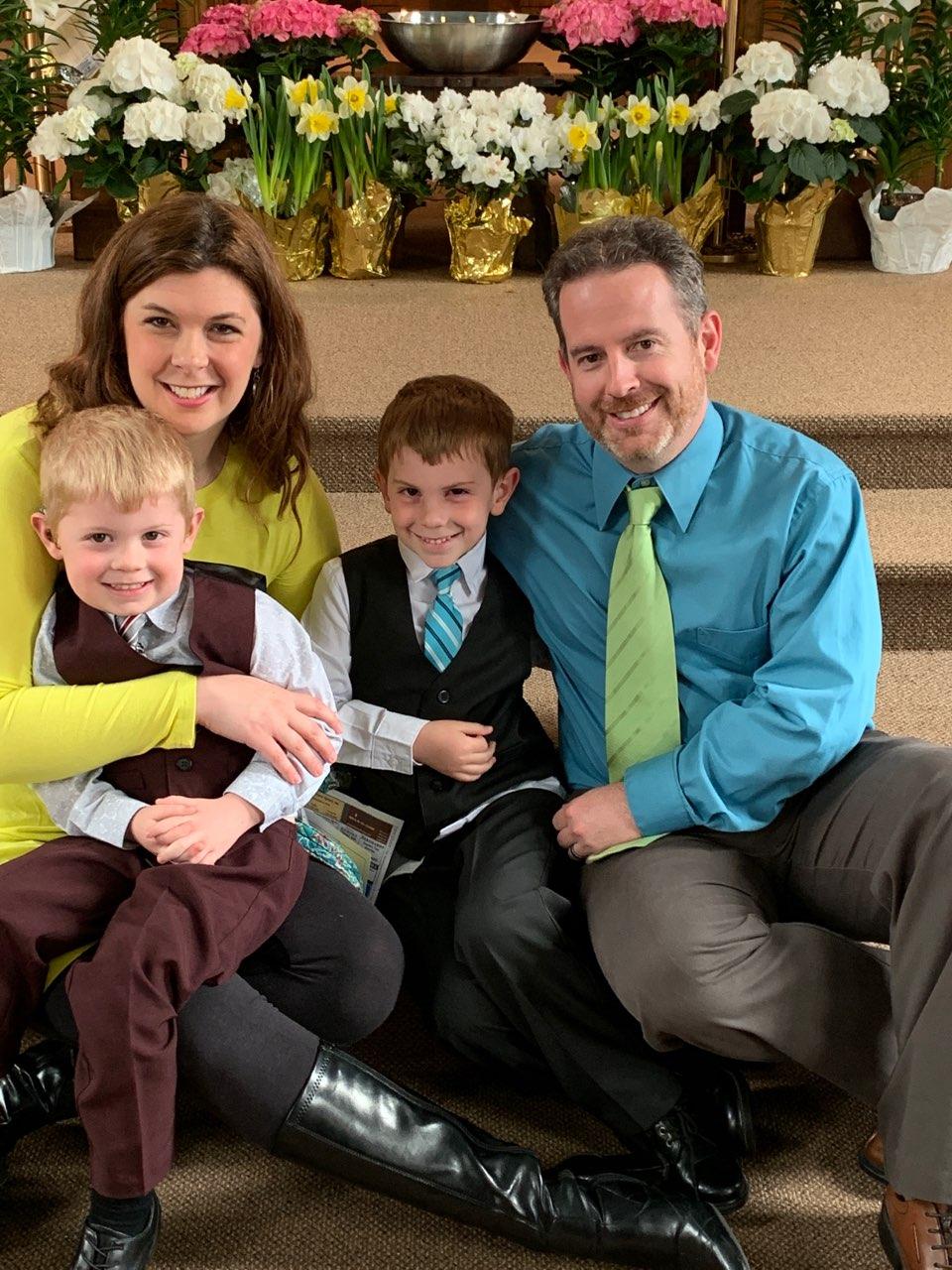
Six-year-old Landon Stauder has a lot to say. He loves animals, especially manatees. He is always ready to tell a one-liner joke. He can explain the difference between regular and irregular plurals.
But for children like Landon with hearing loss, communicating these thoughts and feelings can sometimes be difficult. That’s why researchers from the Divisions of Biostatistics & Epidemiology and Developmental & Behavioral Pediatrics at Cincinnati Children’s began the Technology-Assisted Language Intervention (TALI) project in 2016. Now, a five-year, $3M grant from the National Institute on Deafness and Other Communication Disorders (NIDCD) of the National Institutes of Health (NIH) will enable the team to help more children who are deaf or hard of hearing improve their language skills.
Although we can identify hearing loss earlier than ever before, these children are still at higher risk for delayed language outcomes. Hearing devices change the quality of sound, providing a different perception of speech. Early intervention for language and vocabulary development can help bridge the difference for infants and toddlers. However, many children continue to fall behind age-appropriate levels—a delay that can have long-term impacts on academic achievement.
TALI researchers aim to close this gap by harnessing technology that is already familiar to many children—iPads. Each child in the study receives an iPad to access TouchChat with WordPower. This app is an assistive technology known as augmentative and alternative communication (AAC). When users touch images on the screen, the app announces corresponding words, phrases, and messages.
“We believe that this project will have a positive impact on children and their families by enhancing a child’s language ability, facilitating not only communication, but also social relationships,” says Jareen Meinzen-Derr, PhD, MPH, FACE, lead investigator on the study.
When Landon started preschool, the boy who had so much to say wouldn’t talk to his teachers or classmates. His mother, Regina Stauder, knew the problem was communication—at home, he was a bright, bubbly kid. He just wasn’t as confident speaking in the classroom. To help build his confidence and prepare him for kindergarten, the Stauders enrolled Landon in the TALI study.
The first step in the study is an initial language evaluation. Next, there are two six-week cycles of onsite therapy alternating with home therapy. Speech-language pathologists guide families through each step to track progress and set goals. At the end of the 24 weeks, there is a final language assessment, and the family keeps the iPad with use of the app.
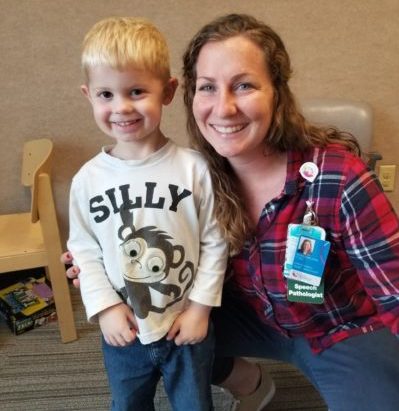
The Stauders worked through the study with Rosie Sheldon, MA, CCC-SLP, a speech-language pathologist at Cincinnati Children’s who has a knack for connecting with kids. She picked up on Landon’s love for animals, incorporating them into his TouchChat therapy—finding pictures, sounding out names, building sentences, and creating stories.
By the end of the study, Landon was leading the speech therapy lessons at his preschool with TouchChat. He’d show his classmates the games he played with Miss Rosie, even finding a way to tell jokes using the app.
“Landon recently finished kindergarten, and he did first grade work all year,” says Regina. “He’s very advanced. Because he was able to participate in the TALI study, he learned strategies to move forward and ask questions if something doesn’t make sense to him. He’s found himself and built his confidence.”
So far, 40 children who are deaf or hard of hearing have participated in the original study. The new study will expand to nearly 120 children across two different study sites. Researchers hope to not only replicate the original findings, but also evaluate how the intervention may benefit other populations who struggle with language development.
“Ultimately, our goal is to provide a ‘boost’ in language skills for children who are deaf or hard of hearing,” says Meinzen-Derr. “We believe that this work will give families and providers more therapeutic intervention choices, and we hope to continue to empower them.”
Read a first-person blog post about the TALI study.
Learn more about the technology behind TouchChat.
Research By
